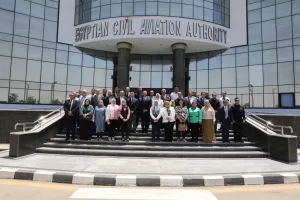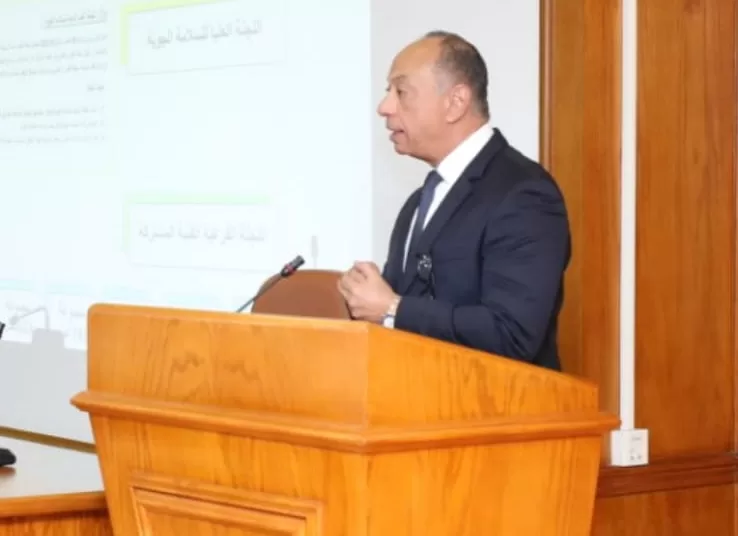By Mohamed Attia
The Egyptian Civil Aviation Authority held the inaugural meeting of the National Committee for Bird and Wildlife Risk Mitigation in Egypt.
The meeting focused on devising a plan to address the risks posed by birds and wildlife, aiming to prevent potential incidents and ensure the protection of Egypt’s civil aviation system. Discussions included the role of the Ministry of Aviation in reducing the dangers associated with bird and wildlife collisions with aircraft near airports and their approach paths. Measures include enhancing monitoring systems to provide data on bird attraction sites and influential resources, and eliminating causes and obstacles leading to bird and wildlife collisions in airport areas. The Civil Aviation Authority’s roadmap for mitigating bird risks was also presented.

Captain Amr El-Sharqawi, Chairman of the Civil Aviation Authority, emphasised the importance of the meeting, highlighting it as a key requirement by the International Civil Aviation Organisation (ICAO) to combat bird risks, understand migration patterns, attraction factors, and mitigation strategies. He stressed the necessity of addressing risks to air traffic safety at Egyptian airports and approach zones, aiming to reduce the frequency of such incidents through continuous coordination and fruitful co-operation with all committee members.
During the meeting, various presentations were made, including one by Dr. Amira El-Sayed, Environmental and Climate Change Advisor to the Authority Chairman, and another by Pilot Ahmed Sabry, General Manager of Air Safety Systems, detailing bird-related incidents in 2023 and 2024 with safety statistics and reports on bird and wildlife collisions across Egyptian airports.
Dr. Mohamed Sharabi, Head of Air Safety at Cairo Airport Company, shared Cairo Airport’s experience in responding to bird and wildlife risks. Pilot Mohamed Salah from the Egyptian Airports Company discussed the challenges of combating bird and wildlife risks at civil airports. Additionally, efforts by the Ministry of Environment were highlighted by Dr. Mohamed Ahmed Ismail on bird migration and aviation, and Dr. Loay El-Sayed Mohamed on important bird areas, migration routes, and attraction points around Egyptian airports.
Attendees expressed strong admiration for Cairo International Airport’s experience, noting significant advancements in dispersion systems, monitoring, and rapid communication methods to address bird flocks. An agreement was reached to ensure continuous coordination with all relevant entities to achieve zero incidents at Cairo International Airport.

Furthermore, the meeting concluded with the decision to establish a shared database containing all information and statistics on bird populations and locations, and strategies to counter them through updated dispersion methods at all Egyptian airports. Additionally, there will be efforts to raise awareness among employees about the risks of migratory birds and attraction factors, ensuring it aligns with environmental and biological diversity through non-intrusive dispersion techniques.






Discussion about this post